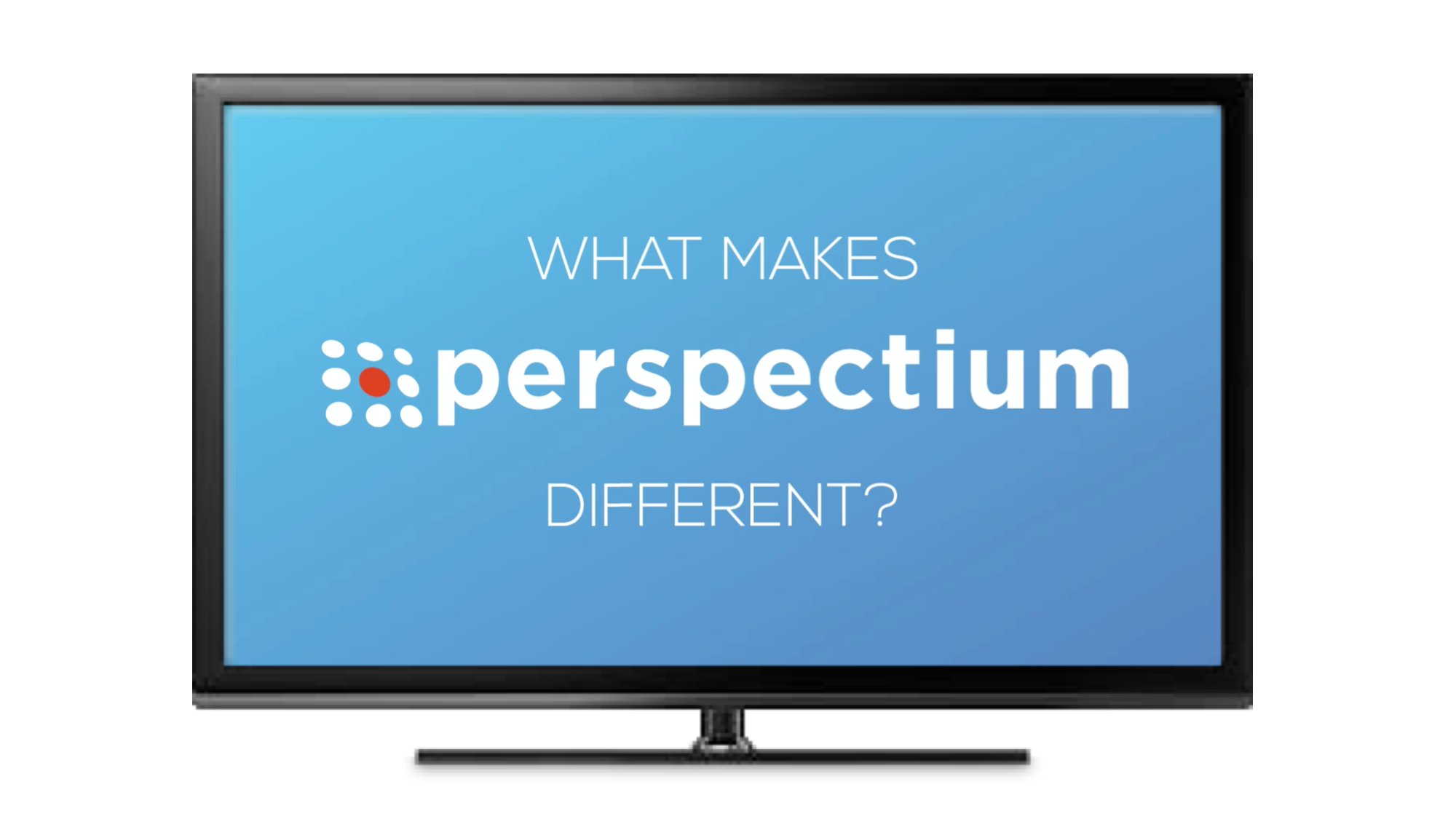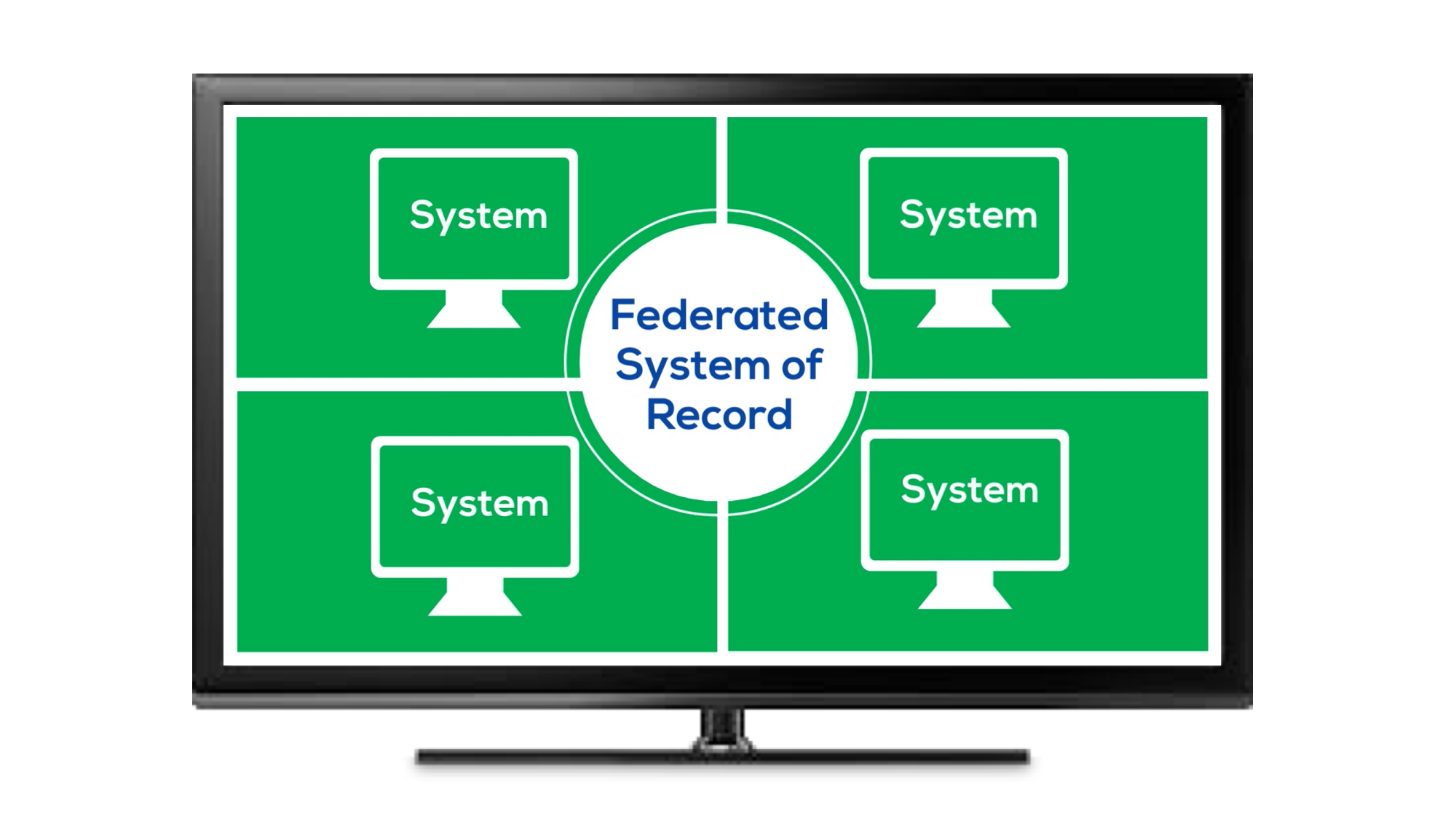Eliminate Process Silos Between Your Best-of-breed Applications
At its heart, DevOps is about improving the relationship between development, quality assurance (QA) and IT operations by advocating better communication and collaboration between those business units. And done right, DevOps can bring significant benefits, including shorter time-to-market, improved customer satisfaction, better product quality, more reliable releases, improved productivity and efficiency, and the increased ability to push the right changes and update internal systems by fast experimentation. So why isn’t it just the standard?
Well, aside from the notable cultural differences between the different groups, one of the biggest challenges has always been having the tools used by each group talk to one another. Within any operations department, there will be multiple disparate systems used to track and manage the day-to-day operations of IT. The same is true in QA and development departments: multiple tools for multiple purposes, and not connected together.
By connecting these systems together, our customers tell us they are able to automate processes that span development and operations teams. The operations staff can see where their escalated problems are going, and how they are being addressed by the developers. Similarly, developers become part of the service management process, with a clear line of sight to the issue that created the change request in the first place, or reprioritized stories within the backlog.
Only Perspectium gives you the real-time, bidirectional integration that you require to connect development, operations and QA in a meaningful way. One-way integrations only provide value for one team, which is NOT what DevOps is about, and waiting around for batch data transfers could easily mean that your development team is spending time on a problem that had already been fixed.

DevOps Best Practices in Action
Palo Alto Networks, a leader in firewalls and other next-generation cybersecurity solutions, wanted to improve practices for internal user support and development resource planning. After working with Perspectium, they now provide clear status visibility for users after they submit requests and throughout the request cycle. According to the integration team at Palo Alto Networks, the integration “provides a consistent engagement model on how IT works with the customer.” They also have an improved understanding of the development effort required to resolve the issues and changes being requested by the users, and can more accurately plan for resource allocation in the future.
You don't have to force everyone to use the same tool to be successful with extending process and data across your organization - in fact, that will probably just make it harder! Let your teams use the best-of-breed tools that they already work with - and Perspectium will interconnect everything at the process or data layers to ensure your success.
For more information, click the Contact Us button at the top of the page, or call us on (888) 620 8880 - we would love the opportunity to show you how we can help with your integration initiatives.









